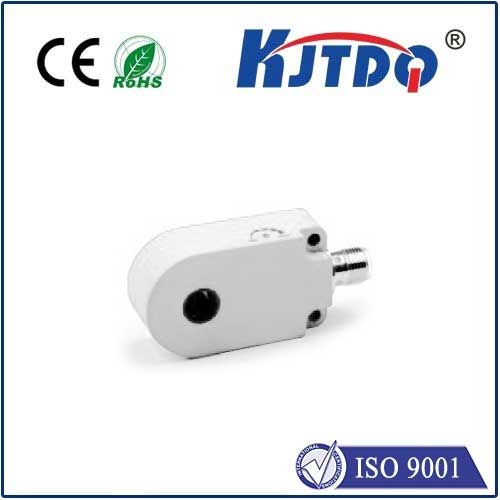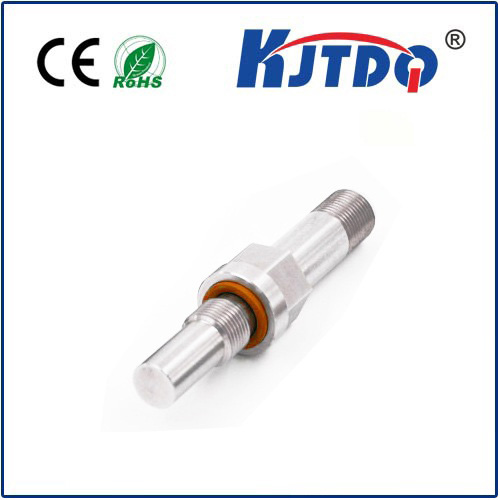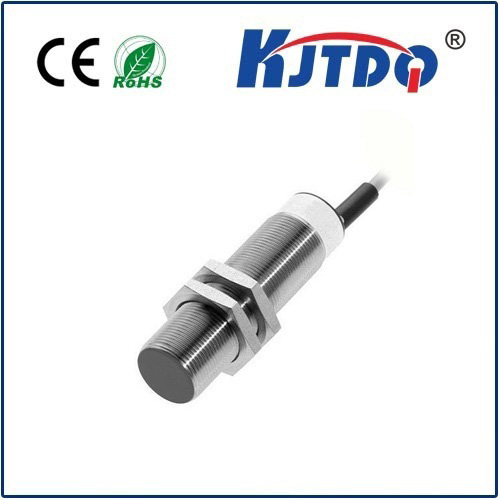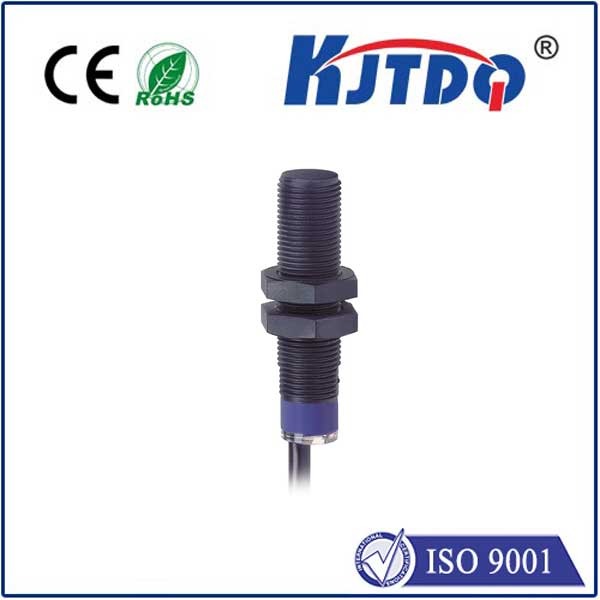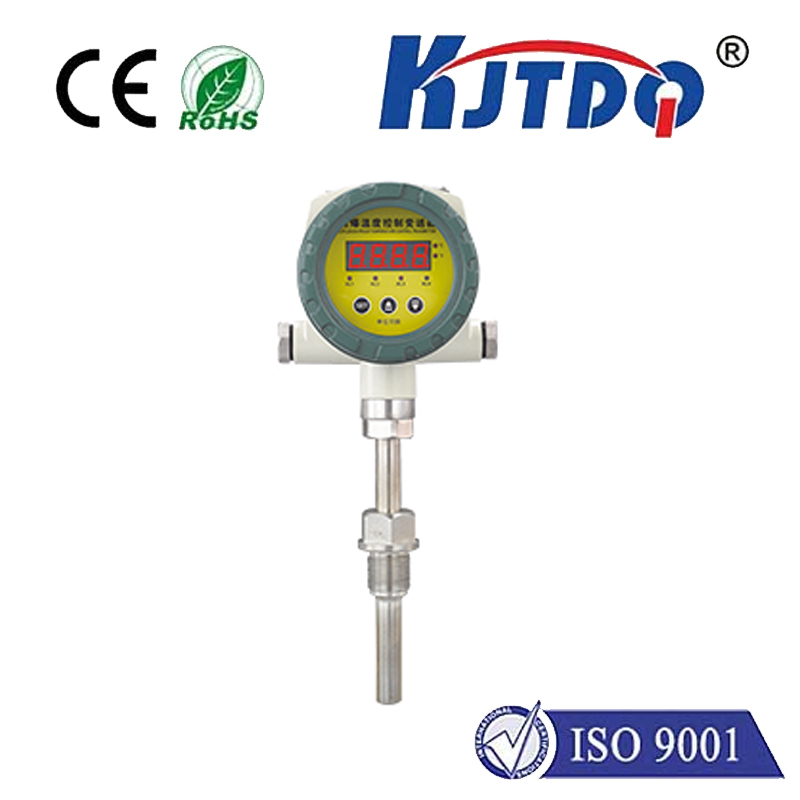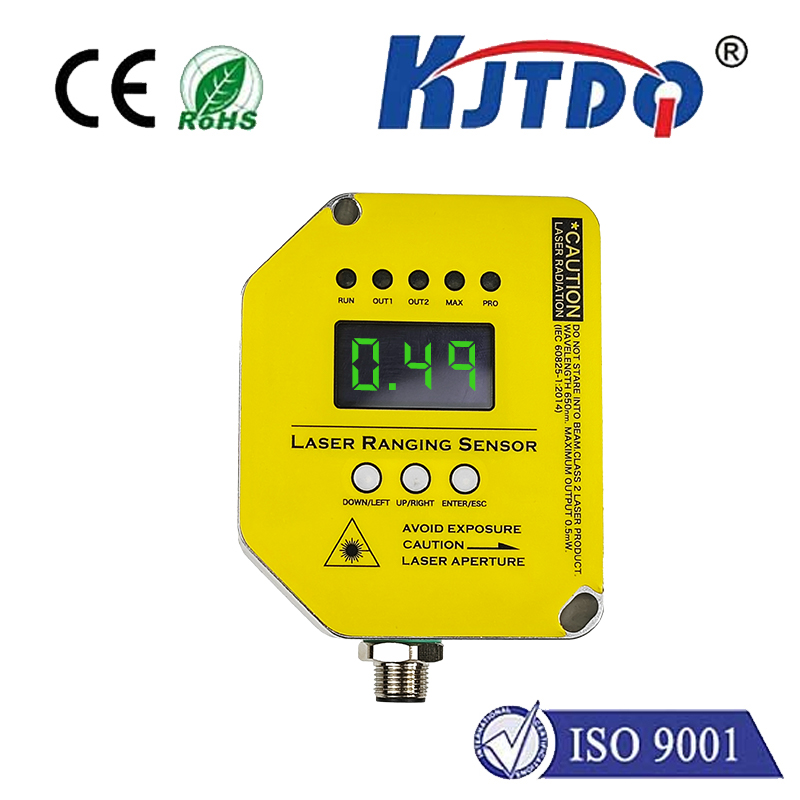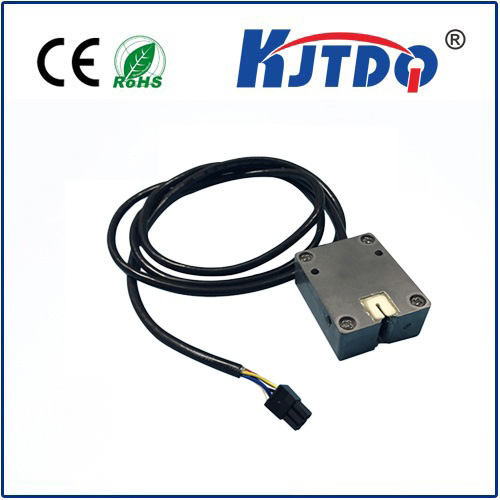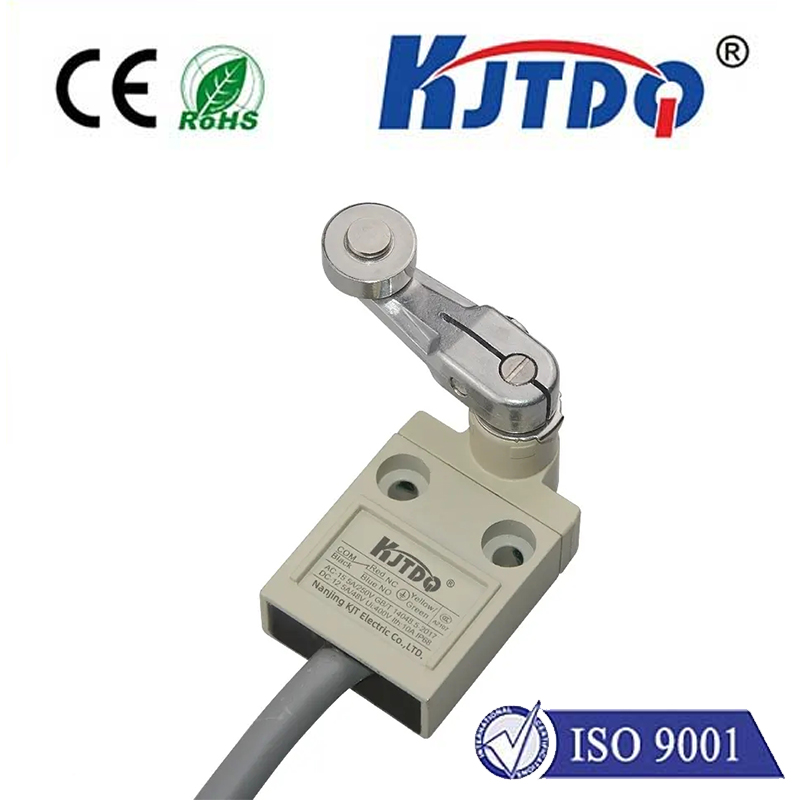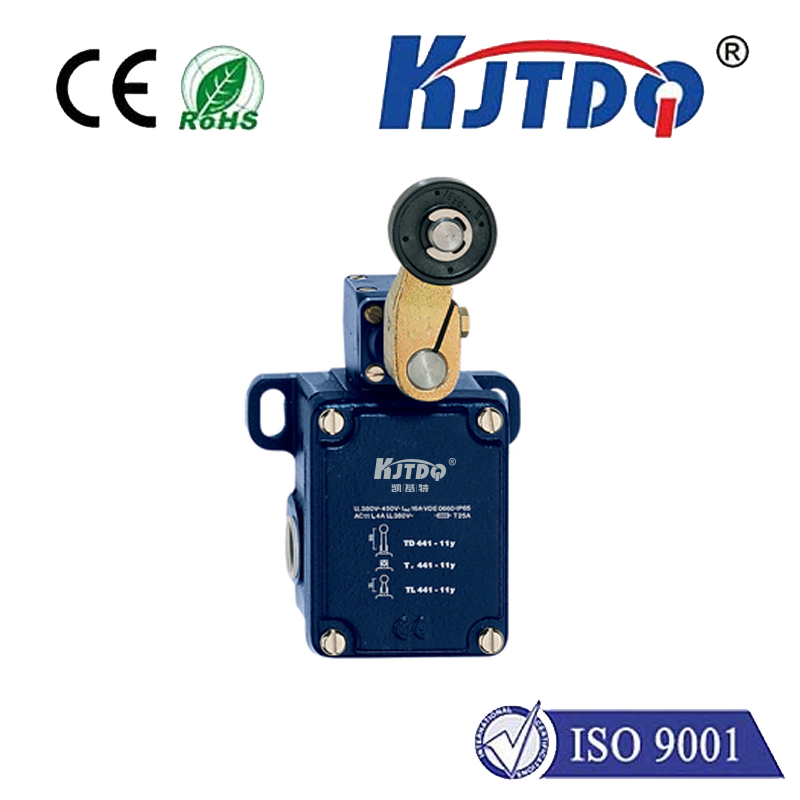12v proximity sensor
- time:2024-11-10 01:12:26
- Click:0

Unlocking Innovation: Exploring the World of 12v Proximity Sensors
In an ever-evolving technological landscape, the demand for precise, reliable, and efficient sensing solutions has never been higher. Enter the 12V proximity sensor—a cornerstone component in various industries where accuracy and speed are paramount. In this article, we delve into the fascinating realm of 12V proximity sensors, exploring their design, functionality, and myriad applications.
The Heartbeat of Modern Automation
At its core, a proximity sensor is designed to detect the presence or absence of an object within a specified range without making physical contact. This non-contact detection is crucial in environments where touch could lead to contamination, wear and tear, or damage to fragile objects. The 12V proximity sensor stands out due to its compatibility with common control voltage levels, making it ideal for integration into diverse systems ranging from automotive manufacturing to robotics.
How Do They Work?
The magic behind these sensors lies in their ability to convert physical proximity into an electrical signal. A typical 12V proximity sensor operates based on one of several principles:
- Capacitive Sensing: Utilizes changes in电容 to detect objects. When an object comes near the sensor’s face, the capacitance between the sensor’s plates changes, triggering a response. This type is excellent for detecting various materials, including metals, plastics, and liquids.
- Inductive Sensing: Relies on changes in inductance caused by the movement of a conductive object. As the object approaches, it alters the electromagnetic field generated by the sensor’s oscillator circuit, creating a measurable signal change.
- Magnetic Sensing: Depends on the presence or absence of a magnetic field. When a magnetic object comes into close proximity, it disrupts the local magnetic field, which is then detected by the sensor.
Applications Across Industries
The versatility of 12V proximity sensors makes them indispensable across numerous sectors:
- Industrial Automation: Streamlining processes in manufacturing, ensuring quality control, and enhancing safety protocols.
- Automotive Industry: Enabling features like parking assistance, adaptive cruise control, and tire pressure monitoring systems.
- Robotics: Empowering robots with the ability to navigate and interact with their surroundings safely and efficiently.
- Consumer Electronics: Integrated into devices for interface detection, such as smartphones automatically adjusting displays when hands approach.
Advantages That Set Them Apart
- Durability: With no moving parts, these sensors exhibit exceptional longevity even under harsh conditions.
- Speed & Accuracy: Rapid response times and precise detection make them ideal for high-speed applications.
- Versatility: Capable of detecting a wide range of materials, including metals, plastics, glass, and more.
- Easy Integration: Most models are designed for straightforward plug-and-play installation, facilitating quick setup in existing systems.
Conclusion
As technology continues to advance, the role of 12V proximity sensors will only grow, driving innovation and efficiency across countless applications. Their blend of reliability, accuracy, and adaptability positions them as a fundamental element in shaping the smart technologies of tomorrow. Whether you’re in industrial automation, automotive engineering, or designing cutting-edge consumer electronics, understanding and leveraging the power of 12V proximity sensors can unlock new possibilities in your projects. Dive into the world of proximity sensing, and discover how these sensors can bring your innovations to life.





